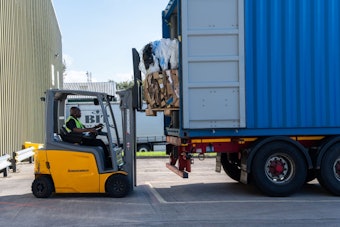The leitmotif I’m hearing in packaging circles these days has everything to do with collaboration. It’s an approach that may help drive packaging forward.
It started in Milan at Italy’s biennial packaging show, Ipack-Ima, where a one-day conference was devoted to the question of how food processing and packaging technologies could help solve the problem of world hunger. Packaging will clearly play a central role. But if any one message emerged from this event, it was this: Growing, processing, packaging, storage, and distribution methods must all be optimally aligned with financing considerations, governmental policies, and educational initiatives if meaningful progress will ever be made in the fight against world hunger. In other words, collaboration is the key.
Leaving Milan and its futuristic Fieramilano exhibition facility, I found myself back in Chicago at the Packaging Automation Forum, now in its fourth year and organized jointly by this magazine and sister publication Automation World. Among the speakers was Murugan Govindasamy, senior manager global manufacturing service at pharma giant Pfizer. Once again, collaboration was a central theme of Govindasamy’s presentation, which focused on how better cooperation within pharmaceutical companies themselves and with outside suppliers would result in a greatly streamlined pharmaceutical packaging machinery scene. “We never talk to each other,” said Govindasamy. “Engineering sees automation from one perspective, IT has a different view, and production wants it done a third way. And then when you factor in outside suppliers like machine builders and automation technology suppliers, you add yet more competing perspectives to the mix. How many times have we ever sat down together to build a machine or to design automation? Why do we not rely more on a standardized approach?”


























